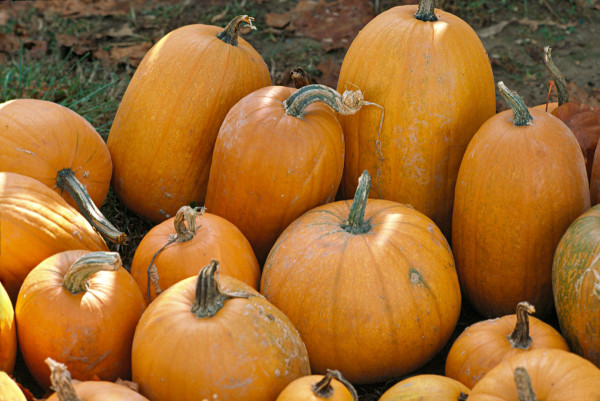
Squash has long had the unfortunate reputation of being the least glamorous of the “Three Sisters” of corn, beans and squash that sustained the Native American tribes prior to European contact.
The English in America adopted the native corn soon after they arrived on these shores and it quickly became the single largest ingredient of the Virginia diet. Beans were the most popular New World vegetable on European tables but the squash and pumpkins were little regarded by the English. As Martha Bradley explained in The British Housewife, ca 1770, “The Pumpkin is a very ordinary Fruit, and is principally the Food of the Poor.”
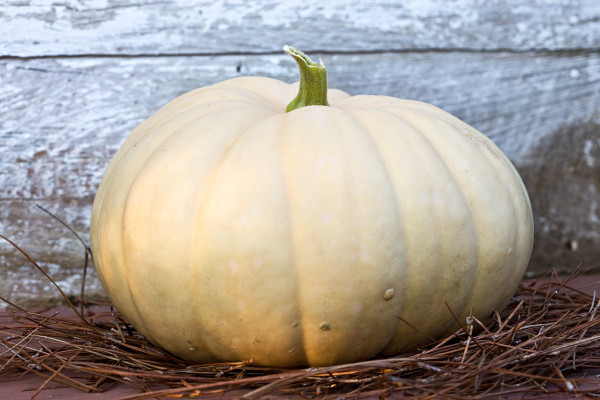
In North America, the squash and pumpkin were held in higher regard. Peter Kalm, who traveled between Philadelphia and Canada in 1748 – ’49, recorded, “The Europeans settled in America got the seeds of this plant from the Indians, and at present their gardens are full of it.”
Squash and pumpkins are both members of the Cucurbit family and the difference between them is purely semantic. Specimens that are round and large are called pumpkins; everything else is called squash. Native Americans did not make this distinction. Captain John Smith, upon his arrival in Jamestown wrote, “In May also amongst their corne they plant Pumpeons, and fruit like unto a muske millen, but lesse and worse, which they call Maycocks.” One hundred years later Robert Beverly recorded, “Their macocks are a sort of melopepones, or lesser sort of pompion or cushaw. Of these they have great variety; but the Indian name macock serves for all.”
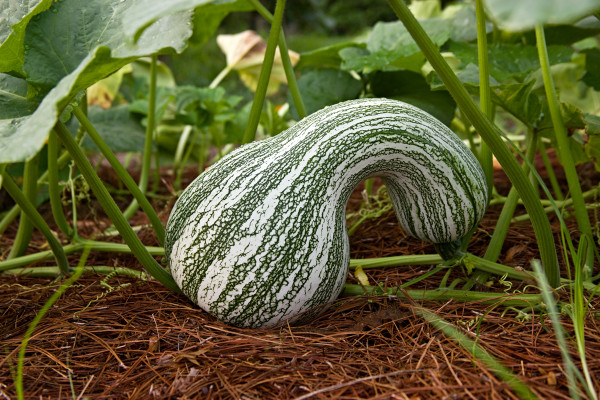
The term Maycock has since disappeared from common usage and has been replaced with the abbreviation of another native name as explained by John Josselyn in New England Rarities (1672): “Squashes, but more truly Squontersquashes, a kind of Mellon, or rather Gourd, for they oftentimes degenerate into Gourds; some of these are green, some yellow, some longish like a Gourd, others round like an Apple, all of them pleasant food boyled and buttered, seasoned with Spice; but the yellow squash called an Apple squash, because like an apple, and about the bigness of a Pomewater is the best kind; they are much eaten by the Indians and the English.”

The great variety mentioned by Josselyn in New England is similar to the types recorded by Lawson in A New Voyage to Carolina (1709): “Pompions yellow and very large, Burmillions, Cashaws, an excellent Fruit boiled, Squashes, Simnals, Horns, and Gourd; besides many other Species, of less Value, too tedious to name.”
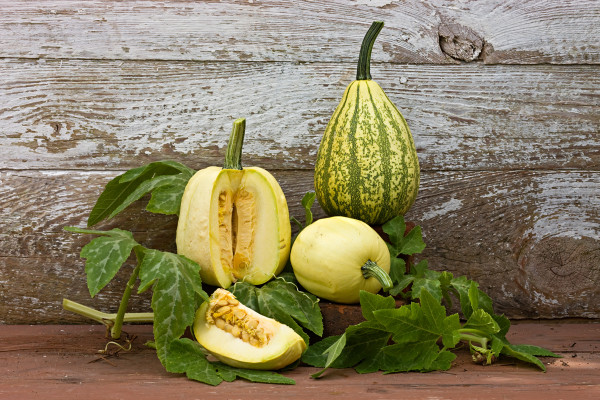
“Pompions” (pumpkins), “Cashaws” (cushaws), and “Simnals” (patty pans) are readily identifiable. “Burmillion” probably represents “Bur melon,” and is likely one of the warted squashes, classified as C. verucosa by eighteenth-century botanists and recorded by Philip Miller in The Gardeners Dictionary (1763) as “very common in most parts of America.” The “Horn” is probably a crookneck squash as they are shaped like the horn of plenty and the gourd is likely a winter squash, perhaps a variety of acorn squash.
Of all the forms the Pattypan or Simlin (spelled many different ways) was the most popular Virginia squash. It differed from all other forms in its growth habit as explained by Richard Bradley it in Dictionarium botanicum (1728): “The Buckler, or Simnel Gourd: there is a manifest Difference, not only in the Fruit of this Form from the rest, but in the manner growing also, for it groweth upright, with great hollow rough hairy crested Stalks, to the height of three Cubits, and runneth not along the ground Ground as the rest.” The simlin squash was America’s first summer bush squash.
Blogger: Wesley Greene
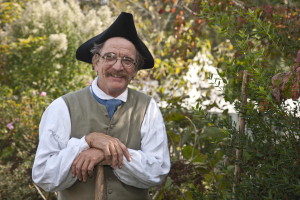 Wesley has spent 30 years researching historic plants and recently shared his findings in his book, Vegetable Gardening the Colonial Williamsburg Way. Wesley studied botany and plant and soil science at the University of Maine. In 1996, he founded the Colonial Garden and Nursery in the Historic Area of Colonial Williamsburg. That’s where you’ll find him in his element, interpreting 18th-century plants, tools, and cultural techniques.
Wesley has spent 30 years researching historic plants and recently shared his findings in his book, Vegetable Gardening the Colonial Williamsburg Way. Wesley studied botany and plant and soil science at the University of Maine. In 1996, he founded the Colonial Garden and Nursery in the Historic Area of Colonial Williamsburg. That’s where you’ll find him in his element, interpreting 18th-century plants, tools, and cultural techniques.
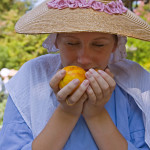

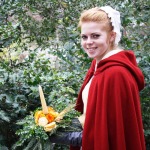
Leave a Reply